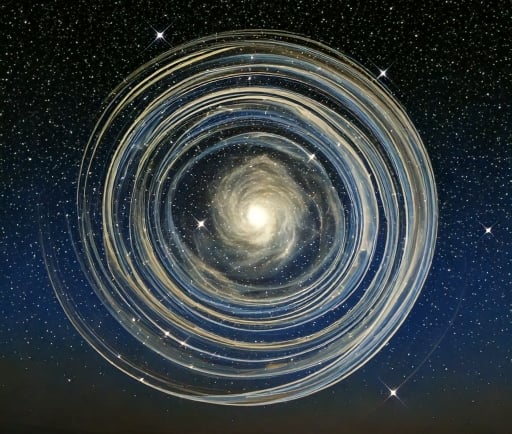The Formation of Protoplanetary Disks Around Newborn Stars


The Birth of Protoplanetary Disks
The universe is a continuous cycle of birth and rebirth, with stars forming from clouds of gas and dust. This process leads to the creation of protoplanetary disks surrounding newborn stars. These disks are crucial for the formation of planets, providing the necessary material and conditions for planetary evolution.
Characteristics of Protoplanetary Disks
Protoplanetary disks are comprised of gas, dust, and other primordial materials that coalesce around a newly formed star. The structure of these disks can vary significantly, often depending on the mass of the central star and the dynamics of the surrounding material. Typically, these disks can extend for several astronomical units, showcasing a variety of compositions including rocky, icy, and gaseous components.
The Role of Protoplanetary Disks in Planet Formation
The formation of planets is an intricate process that predominantly occurs within protoplanetary disks. Through processes such as accretion, the dust grains within the disk begin to collide and stick together, gradually forming larger bodies known as planetesimals. These planetesimals can eventually merge into protoplanets, paving the way for the diverse array of planetary systems observed in our galaxy today.
Additionally, the interaction between gas and dust in the disk influences the orbital dynamics of the forming planetary bodies. As planets evolve, they can clear their paths in the disk, shaping the surrounding environment and dictating the architecture of the entire planetary system.
The study of protoplanetary disks not only enhances our understanding of celestial mechanics but also provides insight into the conditions necessary for the emergence of life beyond our own planetary system. These disks illustrate the complexity of astrophysical evolution, underscoring the delicate balance of forces at play throughout the cosmos.
